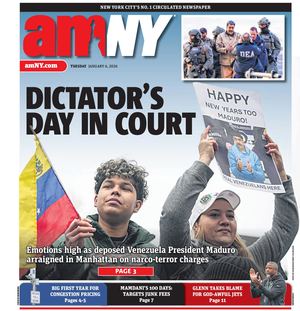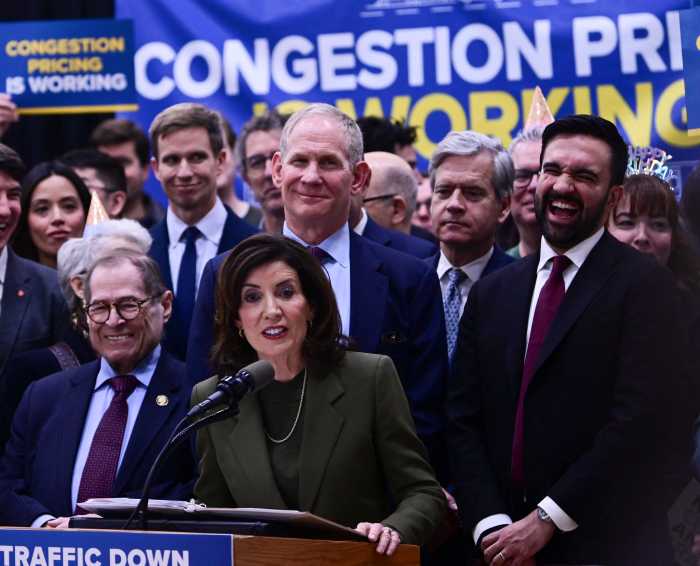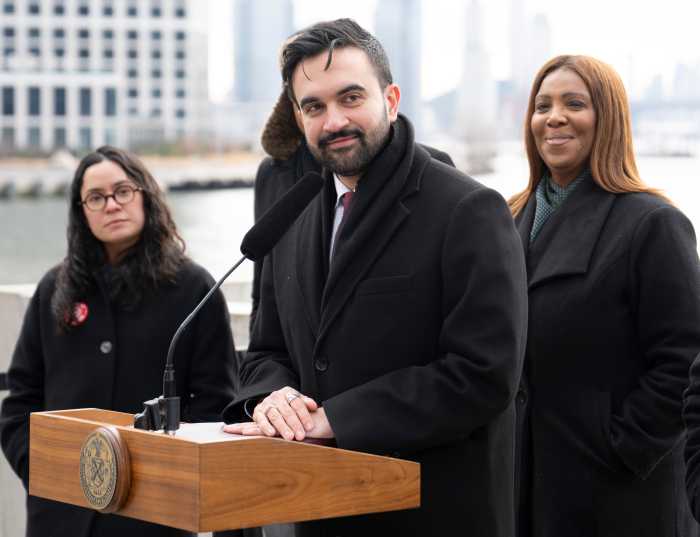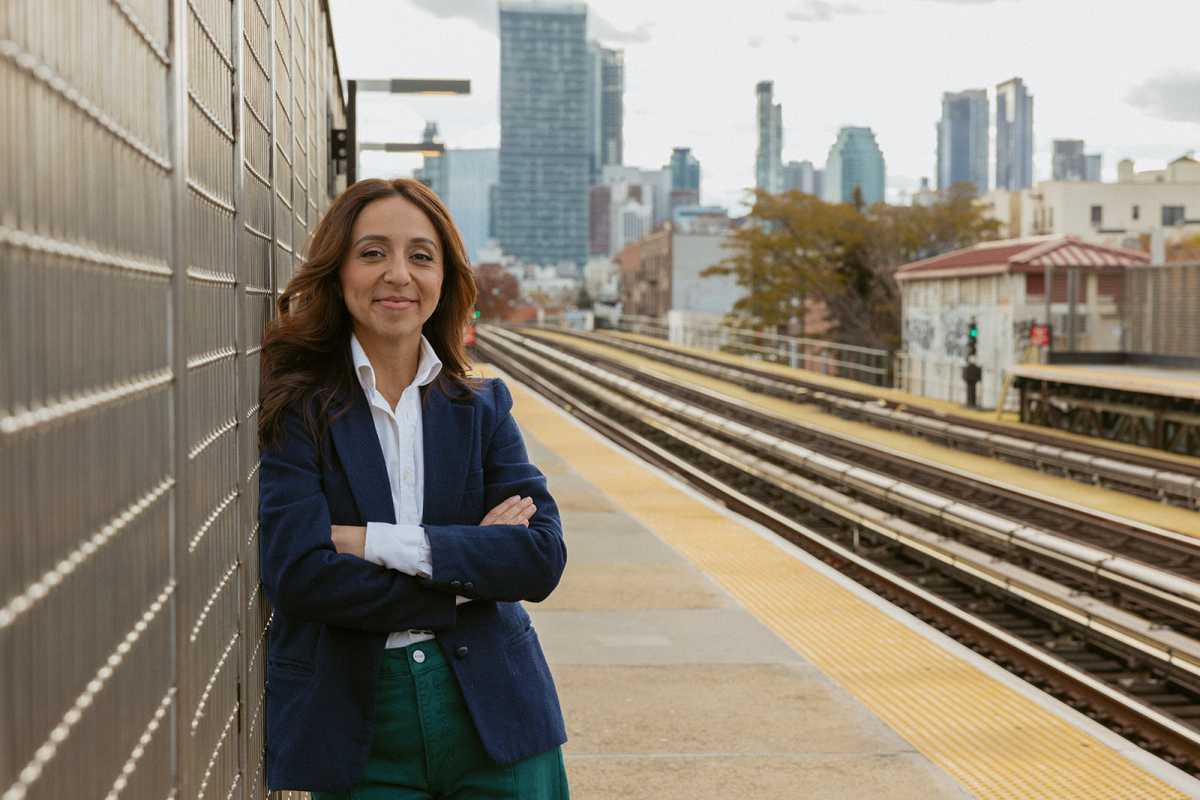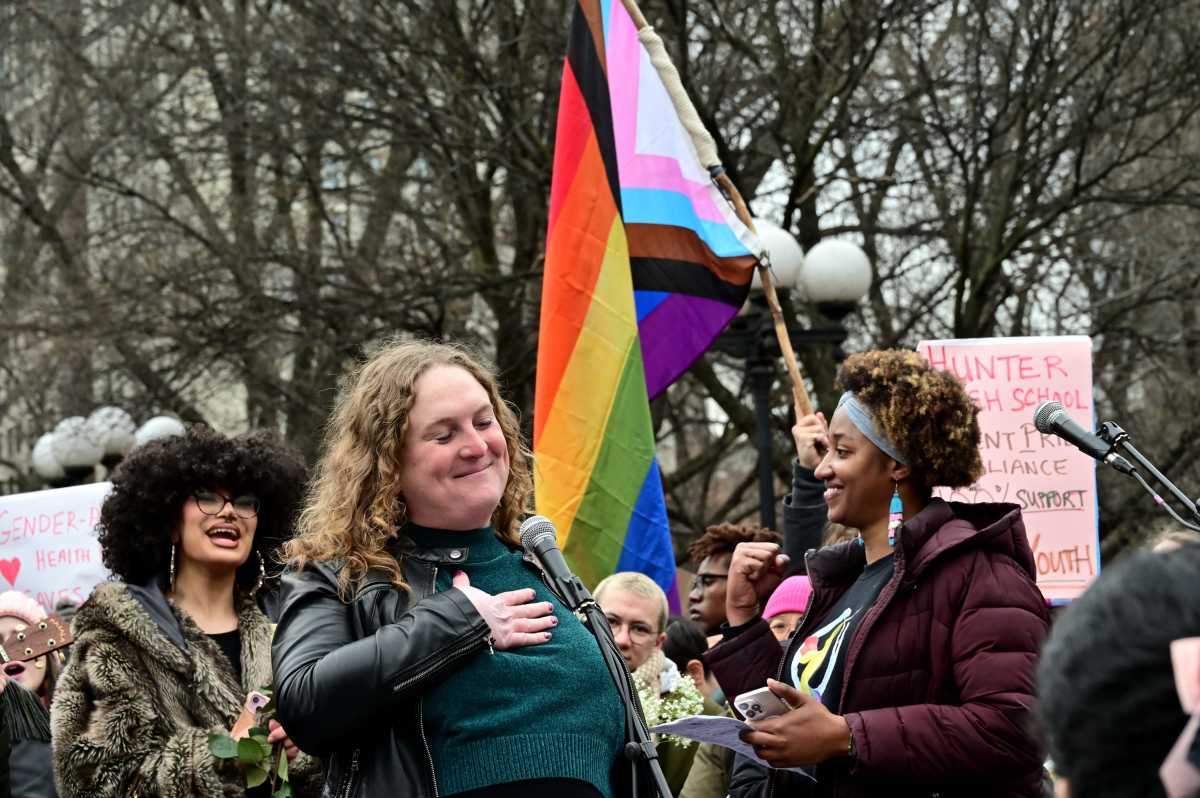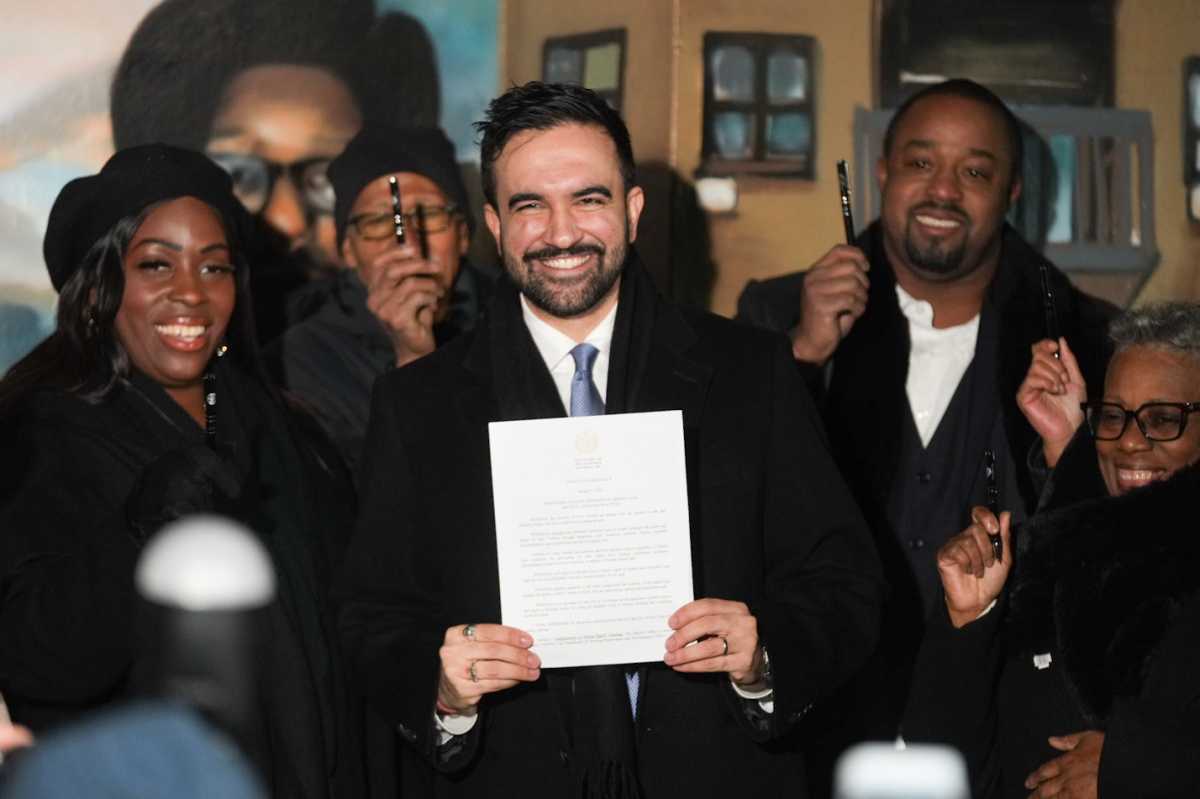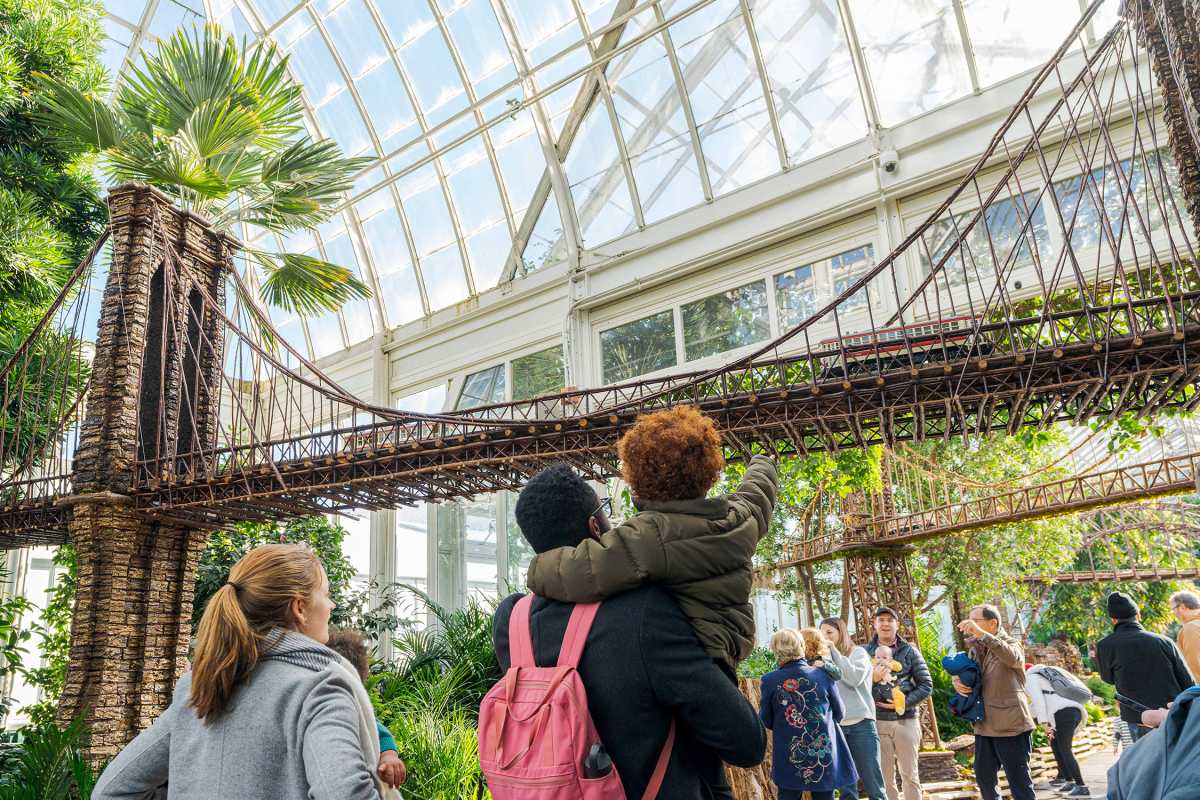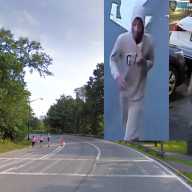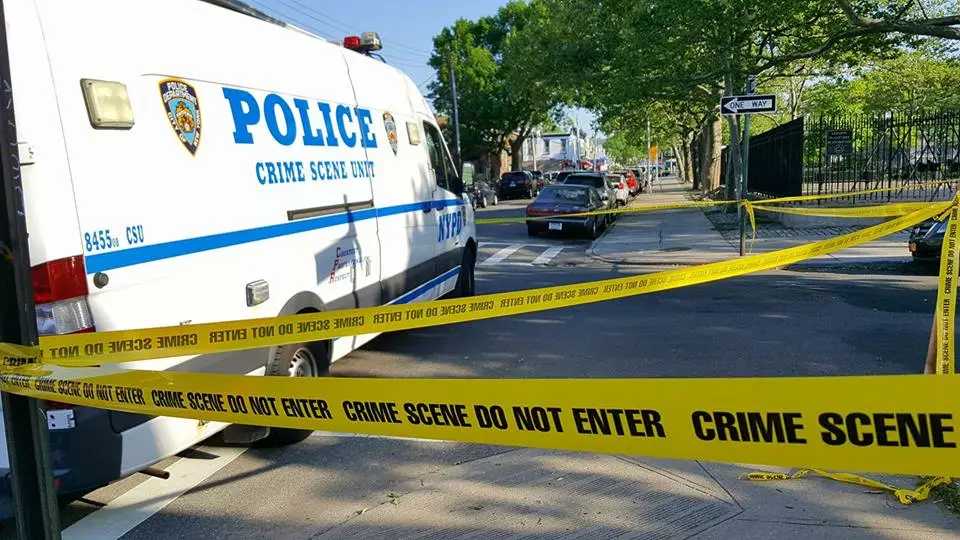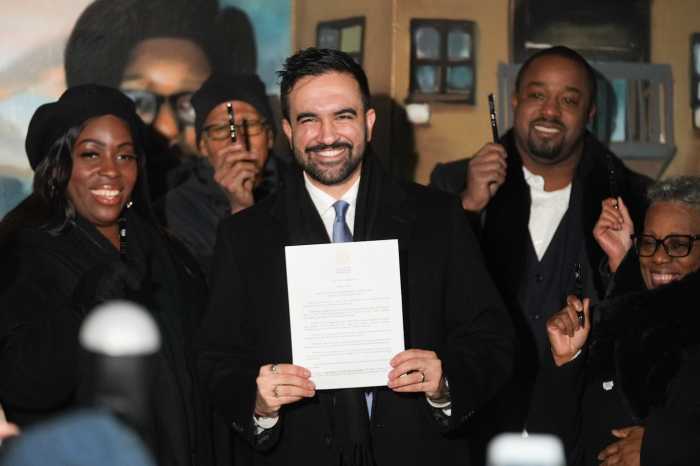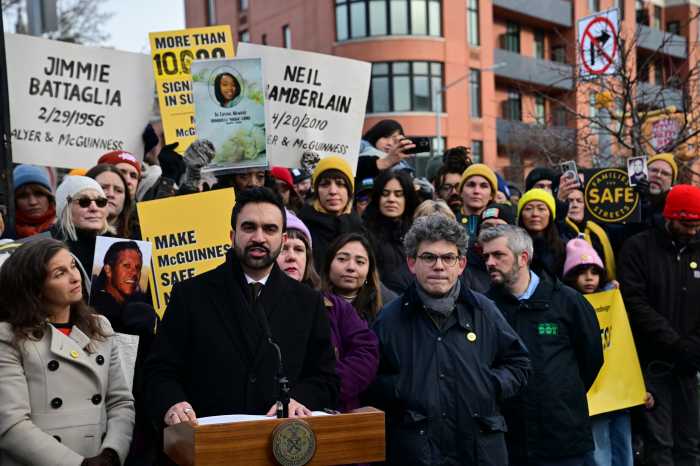A loud Department of Transportation-owned site on a Washington Heights block by the Hudson River has been keeping people up at all hours of the night, neighborhood residents said Tuesday.
Concerned members of the community protested a recent conversion of a lot located at 672 W. 158th St., which used to be a Safety City — a simulated traffic safety program for children with street signs and other New York City paraphernalia resembling a streetscape — up until recently.
“I did not plan to have to dust off my old Army clothes and come out here like a warrior to get the city’s attention,” resident Jack Fogle, 63, said, gesturing to the lot populated with large trucks. Detailing the impact on his life, Fogle added that the trucks congest roads, and the built-in alarms of the vehicles when they are being backed up have been going off at inconvenient times of the day and night, he added.
The site emits noise and fumes that are causing disruptions in residents’ lives as early as 4:30 a.m., another resident, April Ellis, 38, said.

“Especially in the middle of the night or early in the morning,” Ellis said, expressing concern for her two sons. “It is already a heavily-trafficked street. The truck depot is too much.”
“This facility was repurposed as a result of a priority need within our safety operations and the agency notified elected officials and the local community board,” DOT spokeswoman Alana Morales said in an emailed statement, adding that the site is now a base for agency crew members that install Mayor Bill de Blasio’s Vision Zero improvement projects, such as “critical pedestrian ramp upgrades.”
The crews begin their work early in the day, the effects of which the DOT is trying to mitigate, Morales’ statement added.
Elected officials, including Councilman Mark Levine (D-Manhattan) and Manhattan Borough President Gale Brewer, allege that the conversion of the lot was sparked by another rally organized by the community in February, wherein protesters demanded the site become affordable housing. The training site was then converted to a “truck depot” without the community’s input, pols contend.
Calling the DOT’s decision “sneaky” and “disingenuous,” Brewer stressed the importance of community outreach. “We may agree or disagree,[on what to do with the site] but we surely need to have a discussion.”
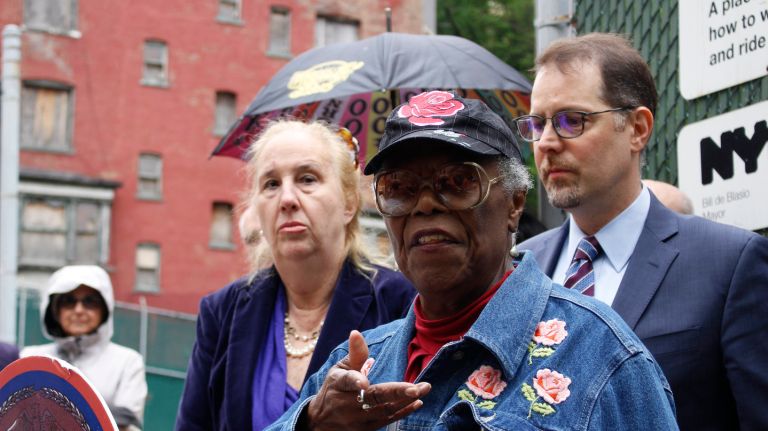
Levine argued that even as a Safety City, the site was “underutilized” and “rarely saw any human activity.” Residents agreed, saying that the training site was only “occasionally” seen to be used. In response, Morales said in an email that the Safety City had served more than 6,000 elementary school students and older people with disabilities.
Leanora Nelson, 81, who has been living in a building adjacent to the lot for 54 years, complained about the heavily-trafficked streets of the neighborhood, which made it difficult for the older residents to get a restful night’s sleep. Advocating for the Safety City plan, she wondered why the DOT didn’t continue to use the site in a way “that was working.
“You could see the kids, they would come here in their little yellow school buses. It was nice,” Nelson said, adding that she was opposed to any kind of disruption in the quiet neighborhood, including the building of housing units.
“Why aren’t we all getting together?” Nelson asked a crowd of approximately 20. “The bottom line is that we all need to be a part of this. Please don’t forget us. We are the community.”
